Berlin is a city of many things, including some grave architectural sins. In the decades since war stopped and the Wall fell, many of the city’s ugliest buildings have popped up in the name of redevelopment.
Sometimes these buildings don’t function as they should, sometimes they’re just plain ugly. Other times they don’t fit their surroundings, or they cause serious urban planning and social issues. Or they exceed their costs at the taxpayer’s expense.
Without further ado, here are 12 of the ugliest buildings in Berlin.
BER – Berlin Brandenburg Airport
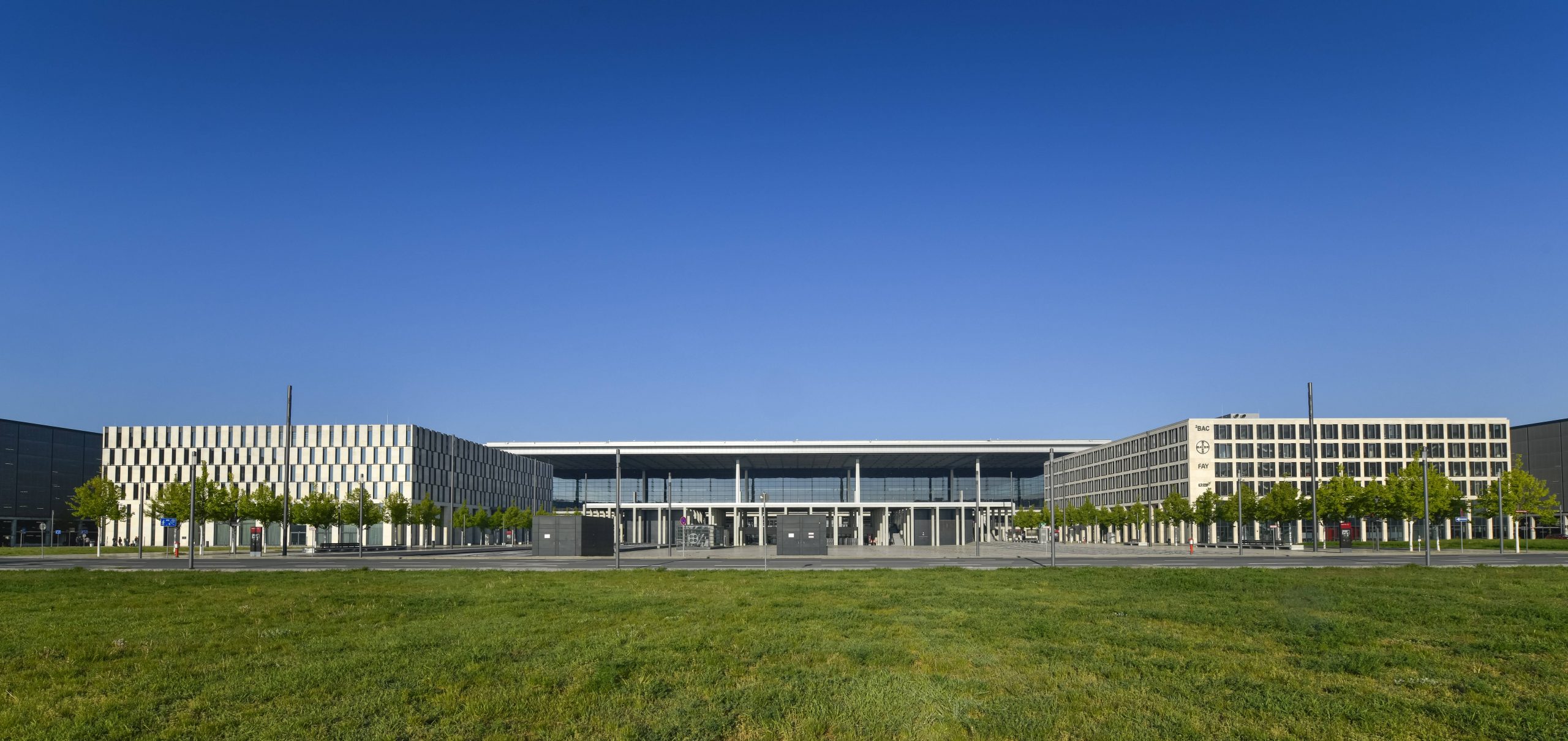
Perhaps the most famous building sin in the world. And certainly the most famous in Berlin — even if it lies south of Schönefeld at the city limits. The farcical history of Berlin Brandenburg Airport, or ‘BER’ for short, is known to all: a never-ending sequence of bad planning, shortcomings and megalomania.
The new airport was supposed to open in 2012, but never did. Things were postponed again and again. It has become a black hole worth billions. Every time a new BER news story breaks, it’s met with widespread incredulity. And who knows what will happen when the thing actually opens?
- Melli-Beese-Ring 1, Schönefeld
Eastgate Mall
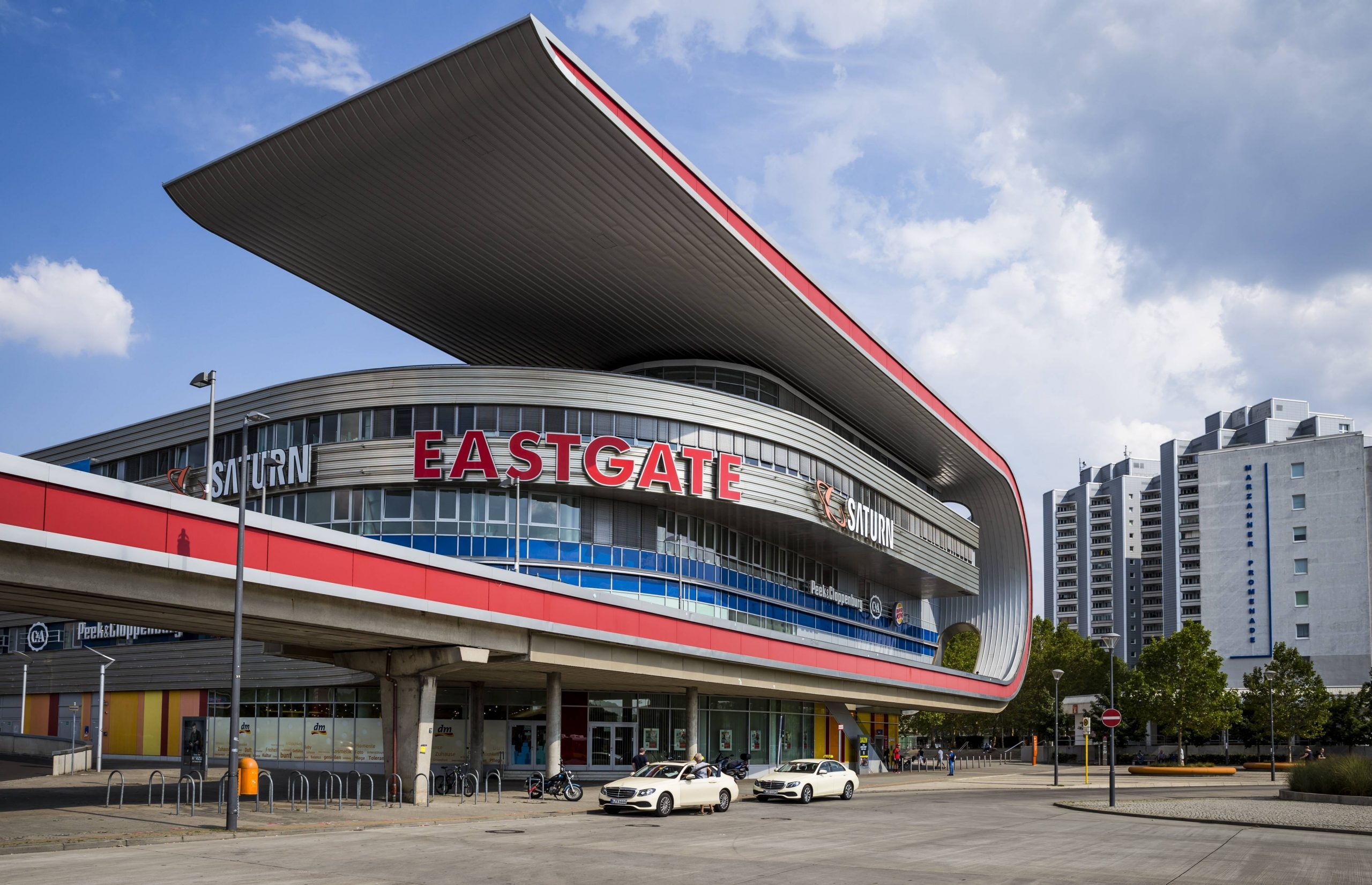
In the former GDR, swathes of prefabricated housing came at the expense of visual flair. After reunification things didn’t get much better. In Marzahn, the Eastgate Mall with its abstruse concrete loop has towered over the main traffic artery, the Marzahner Promenade, since 2005. Although the ‘Plattenbau’ buildings here are also surrounded by green spaces, anyone who has to go shopping should lower their aesthetic standards.
In fairness, though, shopping malls are always pretty hideous.
- Marzahn Promenade 1A, Marzahn
Alexa
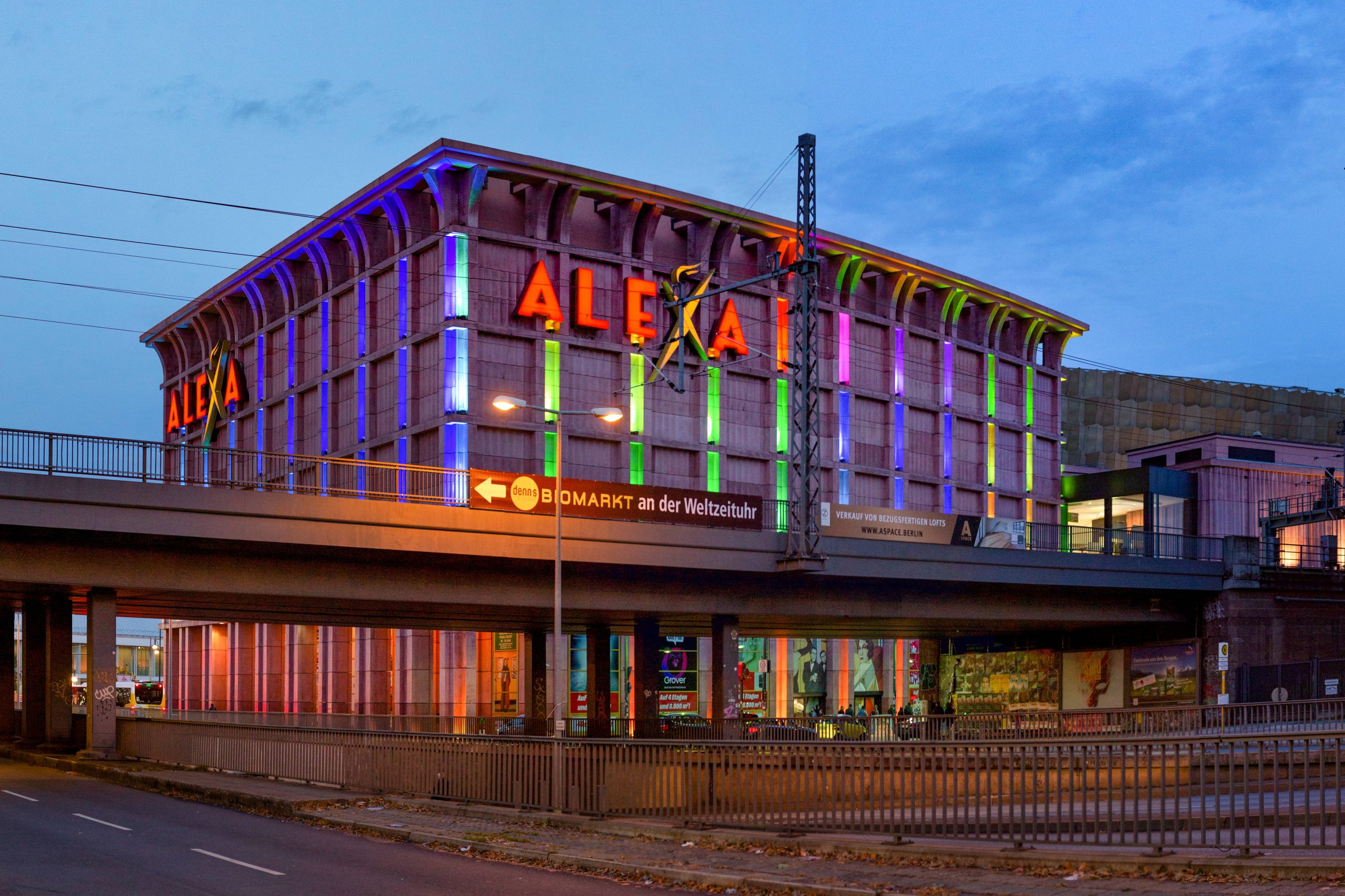
A “nightmare in pink”, wrote one critic at the opening of the huge shopping centre next to Alexanderplatz. The building draws consumers into a sterile interior and offers little in the way of urban life around it, rising too abruptly from the concrete.
A ‘Mediterranean’ aesthetic was intended, apparently, while in reality the result is bizarre and alien. Thus, as far back as 2007 when the mall was opened, the course for Alexanderplatz’s development was set on the wrong path. Certainly one of the ugliest buildings in Berlin.
- Grunerstraße 20, Mitte
Pallasseum
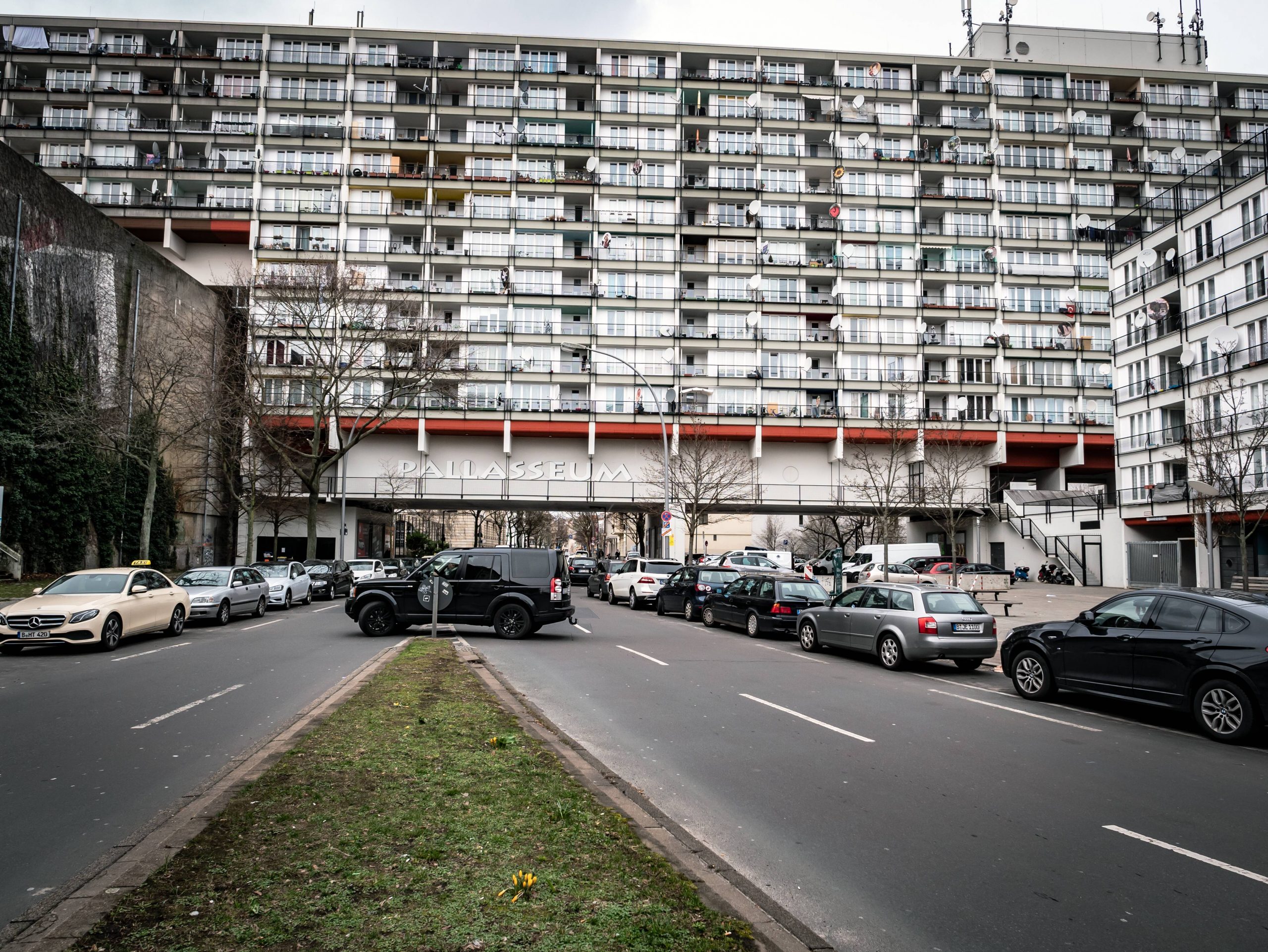
Once upon a time, the site was home to the infamous Berliner Sportpalast — the place where Goebbels called for ‘total war’. Now, the block of flats on Schöneberg’s Pallasstraße is known simply as the ‘Pallasseum’.
The 12-storey concrete building is often referred to as the ‘Sozialpalast’ in reference to the social status of its residents. The address embodies stigmatisation; those who live there are unlikely to escape quickly. The Pallasseum has become the brick-and-mortar manifestation of social inequality.
- Pallasstraße 3, Schöneberg
NKZ – Adalbertstraße
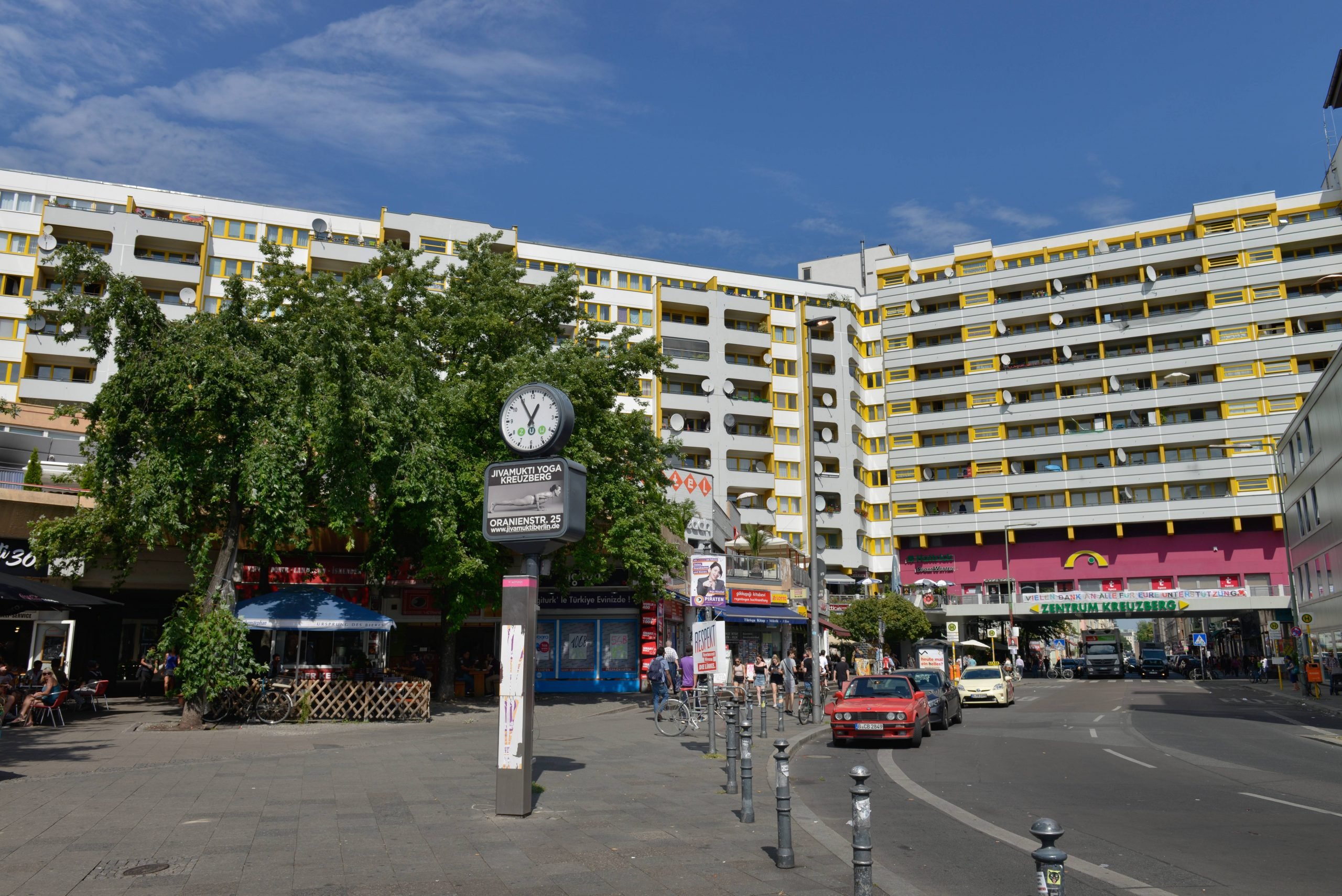
Like Schöneberg’s Sozialpalast, Kreuzberg has its eyesore: Adalbertstraße’s New Kreuzberg Centre (NKC), where most of the inhabitants are also dependent on state support. Here, social grievances are entrenched and nobody really knows how to solve the problem. The fact that a brazen drug trade has thrived on the doorstep of the complex for almost as long as its existence doesn’t make things any better for the residents. The hipster bars and burger joints that have sprung up around the NKZ are no help, either.
The NKC was built in the early 1970s as part of the Berlin reconstruction programme. At that time, the Senate planned to build a motorway access road to Oranienplatz and demolish many dilapidated old buildings. The squatter movement prevented this and saved Kreuzberg. However, the NKZ was built to remind us of West Berlin’s architectural missteps — and represent as one of the ugliest buildings in Berlin.
- Kottbusser Tor, Kreuzberg
Mercedes-Benz-Platz
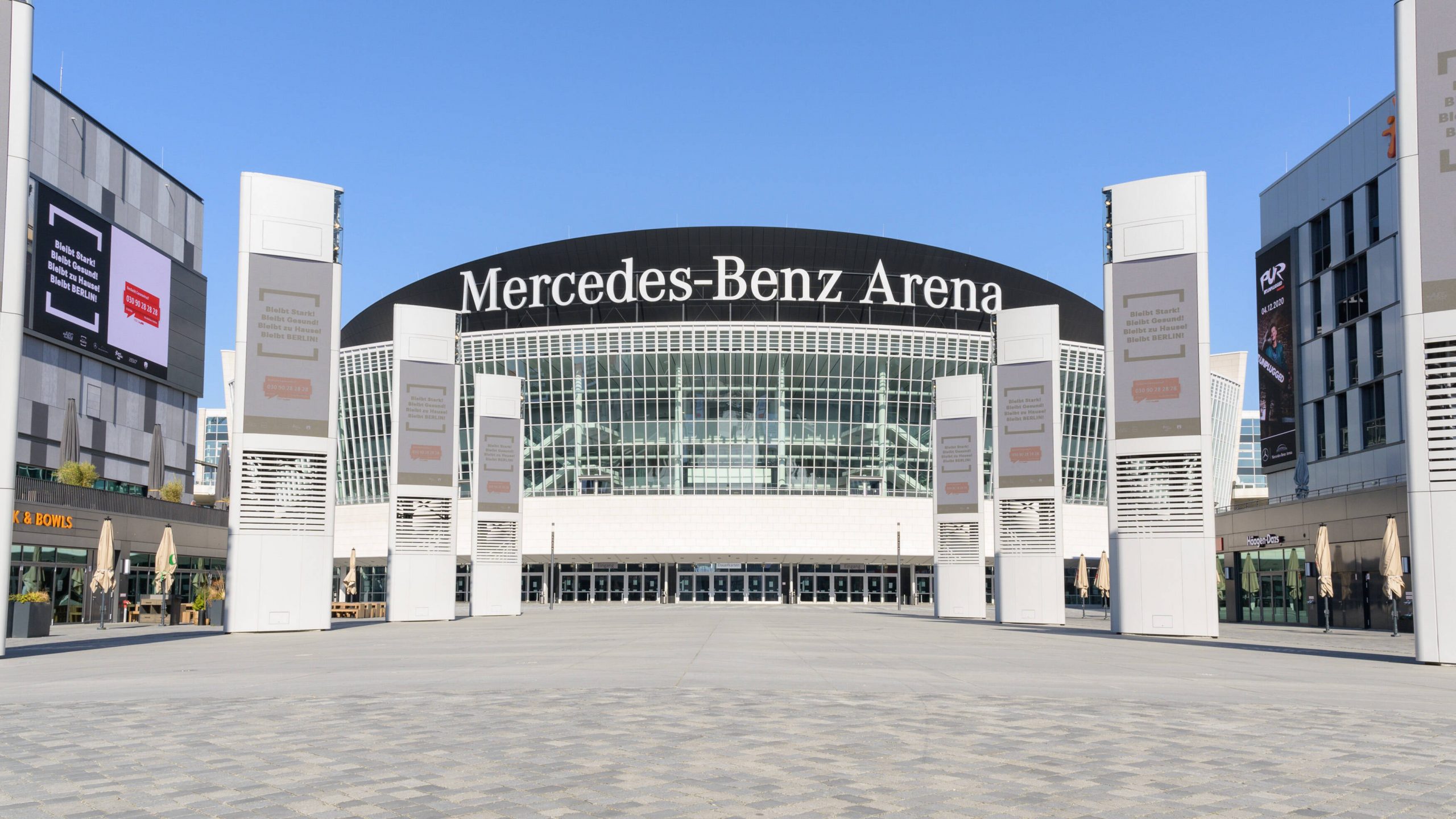
The Mercedes-Platz in Friedrichshain demonstrates what you can do with too much money. Not far from the Spree and with a view of the East Side Gallery and Kreuzberg on the other side of the river, a new district has been built in the middle of Berlin. With offices, residential buildings, concert halls, a cinema, a huge shopping centre and restaurants.
Anyone who visits this unspoilt area can’t help but feel a little… uncomfortable. Apart from pop and sports fans who make the pilgrimage to events at the Mercedes-Benz Arena or the Verti Music Hall, the only people you see here are tourists. The square and its surroundings are a man-made UFO from an ugly planet that has nothing to do with Berlin. Certainly not with Friedrichshain-Kreuzberg.
- Mercedes-Platz, Friedrichshain
Fraenkelufer 26
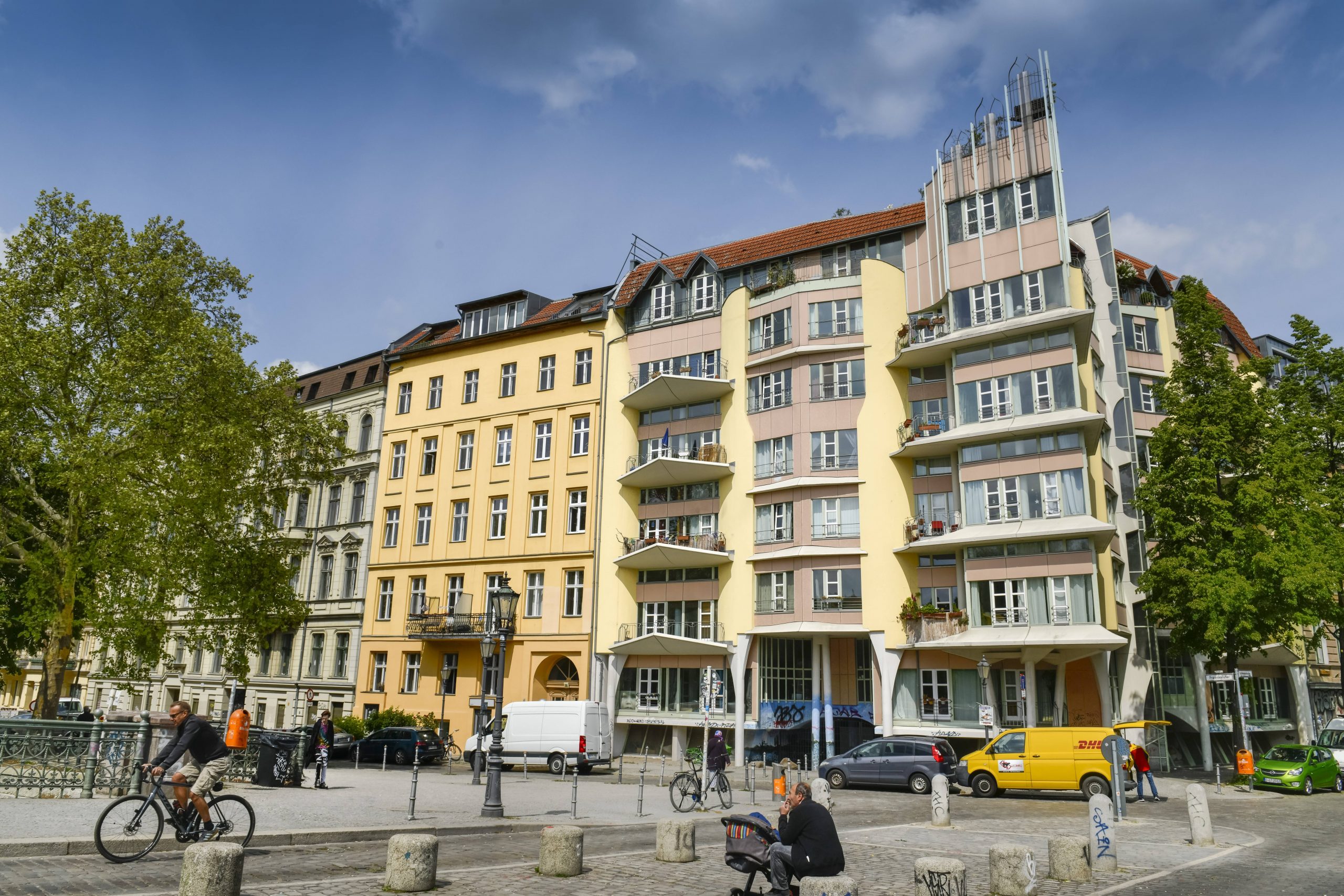
Here, architectural connoisseurs will probably exclaim out loud. This is an important building — modern construction methods! a courageous approach! postmodernism par excellence! — they will cry out. All this may be so. The residential building at Kreuzberg’s Fraenkelufer 26, right next to Admiralbrücke, was built by Berlin architects Inken and Hinrich Baller as part of the 1987 International Building Exhibition (IBA 87).
The shapeless edifice of glass and concrete nevertheless pains the onlooker with its geometric façade experiments. Monument protection or not. The mere fact that this construction method didn’t catch on (otherwise half the city would look like this) gives us all hope.
- Fraenkelufer 26, Kreuzberg
Sony Center
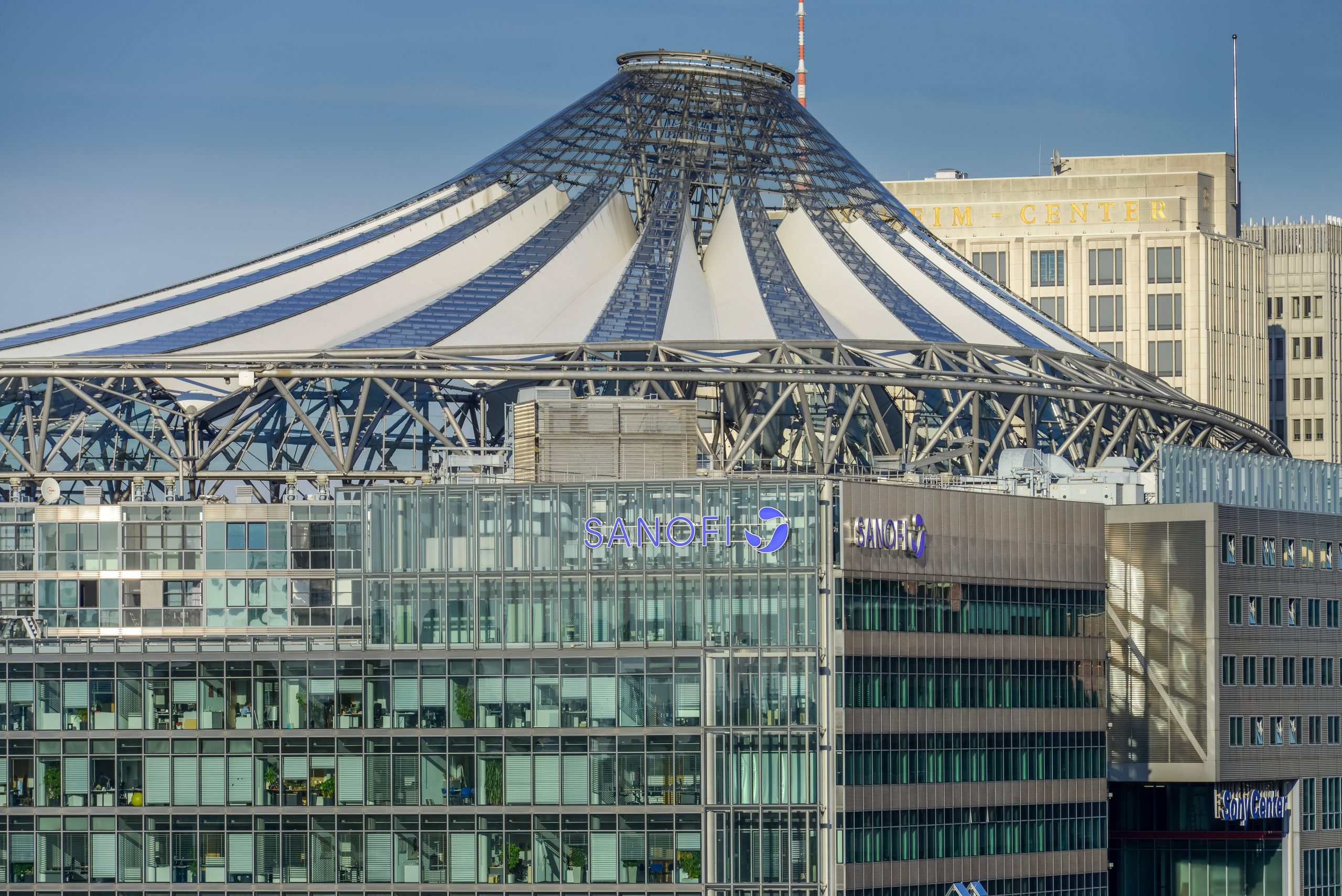
The Sony Center is the jarring jewel in the crown of Potsdamer Platz, newly built after the fall of the Berlin Wall. It’s a place that pretends to be something it clearly is not. An empty bubble about to burst. The roofed steel and glass construction suggests bustling modernity beneath. But even before corona, the building had become a ghostly husk.
The cinema moved out, while the last remaining shops in the complex battle the odds to remain in business. Perhaps in the hope that streams of tourists will one day find their way there. But, sadly, there’s no good reason to spend much time at the Sony Center.
- Potsdamer Strasse 4, Tiergarten
Neues Kranzler-Eck
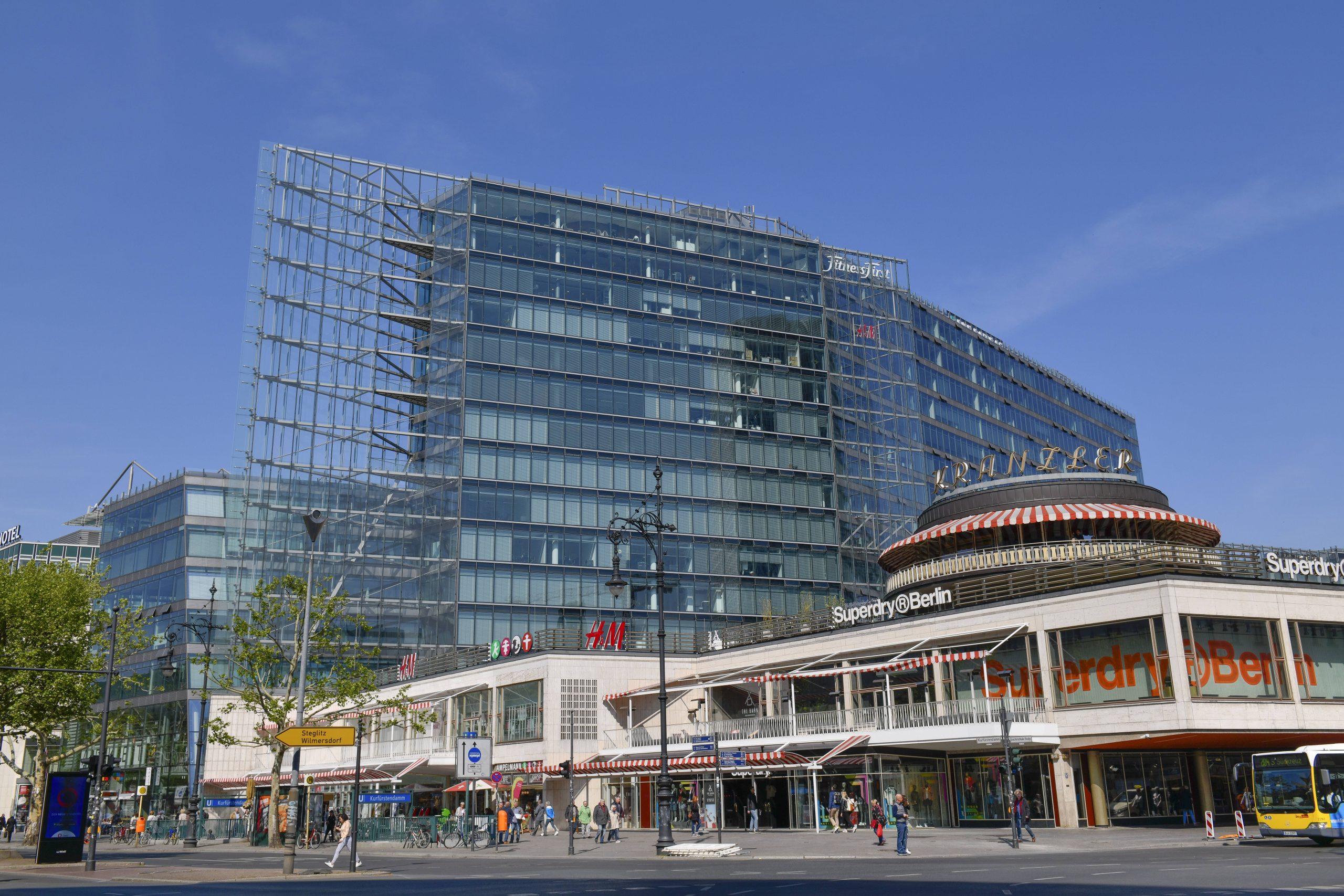
Helmut Jahn, a German-American architect, didn’t have much luck with Berlin. He was responsible not only for the Sony Center, but also Neues Kranzler Eck on Kurfürstendamm. The complex is nothing more than a boring and somewhat misproportioned commercial building. Yet the place has history.
The striking ensemble with its rotunda and red-and-white striped roof used to house what was probably West Berlin’s most famous coffee house, whose history stretches far into the 19th century. However, Café Kranzler ceased operations in 1999. Jahn’s new building opened one year later. There was a new café, but it lacked any charm and the fashion boutiques seemed out of place. The old prestige of Ku’damm was gone.
- Kurfürstendamm 22, Charlottenburg
Spree-Dreieck
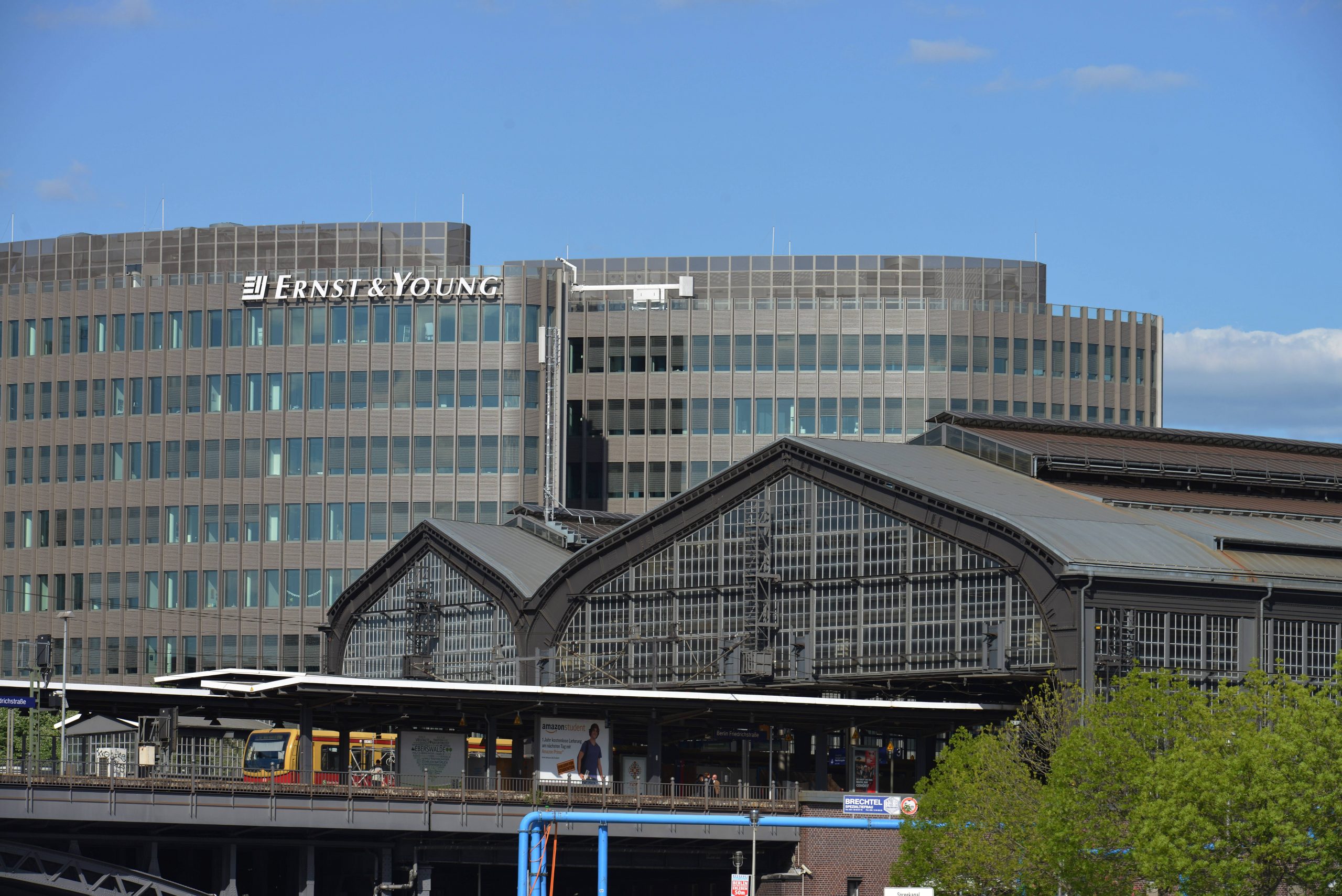
The scandal-ridden office building opposite Friedrichstraße station sits on a plot of land steeped in history. Once the site of a medical academy, it housed a modern high-rise building during the Weimar Republic, before ‘Tränenpalast’, a border crossing point between East and West Berlin, was constructed here during the GDR.
After the fall of the Berlin Wall, drama followed. The state of Berlin sold the prominent site and Deutsche Bahn filed claims. When the high-rise building was erected, people were amazed to discover that it literally overshadowed the surrounding buildings. The Senate had to compensate again. Millions of euros of taxpayers’ money were wasted on what one critic described as “the late revenge of the GDR”. One of the ugliest buildings in Berlin.
- 140 Friedrichstrasse, Mitte
Linienstraße 40
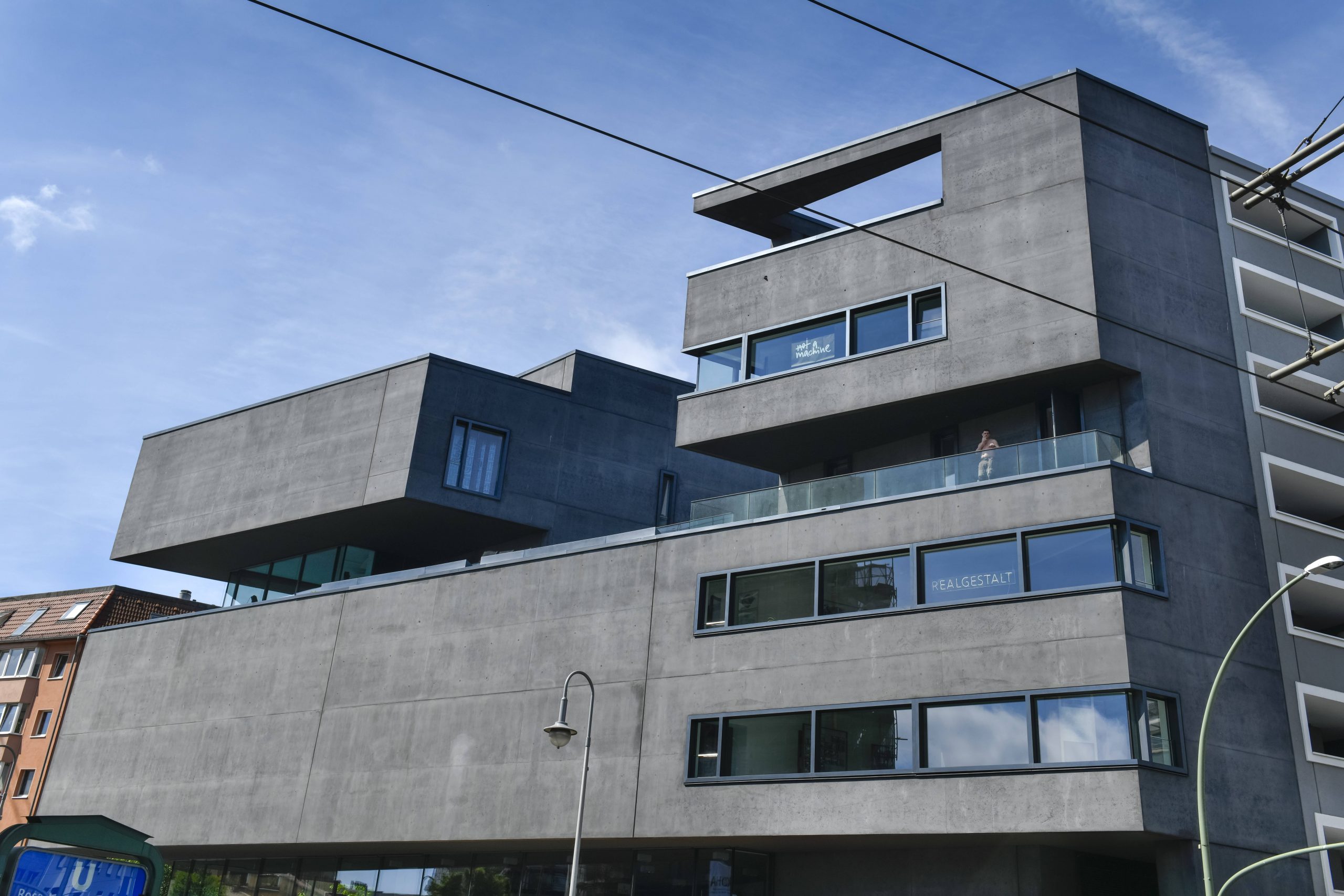
In investor-speak, the residential and commercial complex on the corner of Linienstraße and Rosa-Luxemburg-Straße is called ‘Black-Maze-Building’. In fact, the monstrosity, designed by Berlin-based architects Roger Bundschuh and Philipp Baumhauer and artist Cosima von Bonin, looks like a military car park for oversized SUVs.
This is probably what the future will look like. Postmodern and ‘carved out of one block like a jagged monolith’ was the intention. And yet it is just a swanky building with little regard for its surroundings and an almost arrogant attitude.
- Linienstraße 40, Mitte
Märkisches Viertel
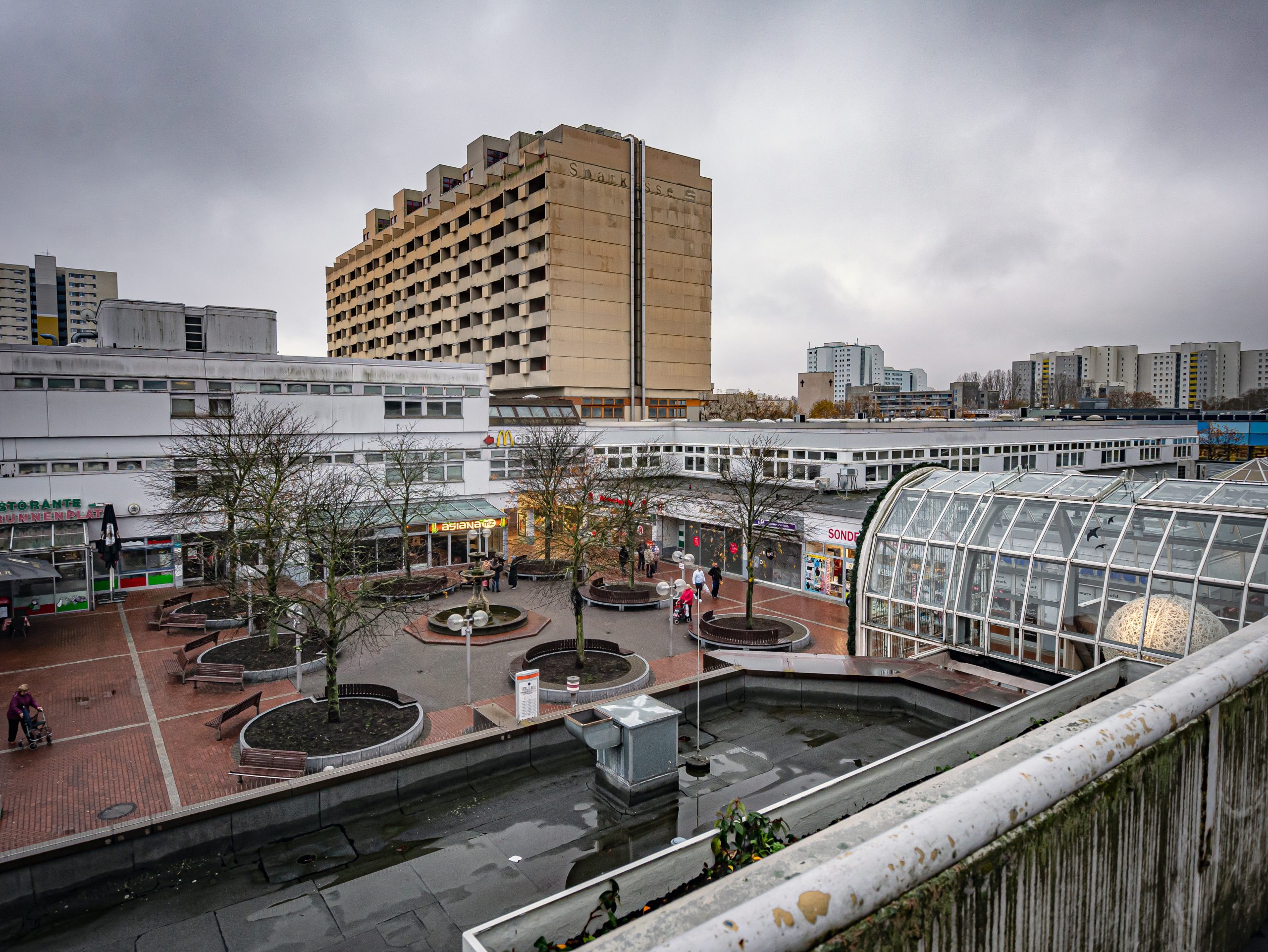
Sometimes, Berlin’s urban planning misdemeanours don’t involve buildings. Of course, not the entire Märkisches Viertel is awful. The prefabricated housing estate in the north of the city is well-kept, green and indeed quite pleasant as a place to live. The glaring problem here is public transport accessibility — or lack thereof. To this day, Märkisches Viertel is not connected to the U-Bahn network, although there have always been plans to extend the U8.
But the Märkisches Zentrum, the heart of the settlement of shops, restaurants and some cultural establishments, qualifies as one of the ugliest buildings in Berlin. Inhospitable concrete squares dominate. A former student hall of residence stands vacantly. Always a relief to leave.
- Wilhelmsruher Damm / Senftenberger Ring, Reinickendorf
Original article by Jacek Slaski
Aside from the aforementioned eyesores, Berlin is home to some pretty spectacular architectural specimens. A playground for experimentation and modernism over the years, the city boasts a rich history of pioneering design and innovation. And don’t forget everyone’s favourite ugly airport, Tegel.



